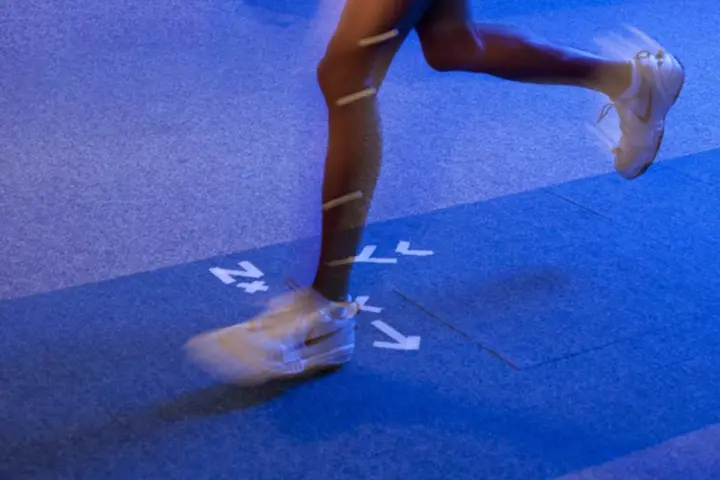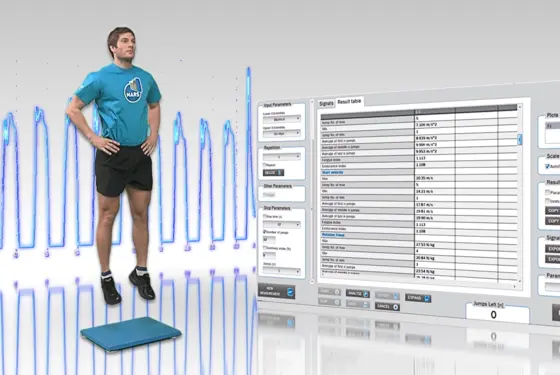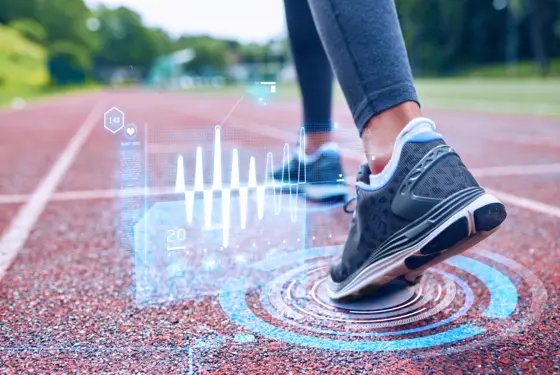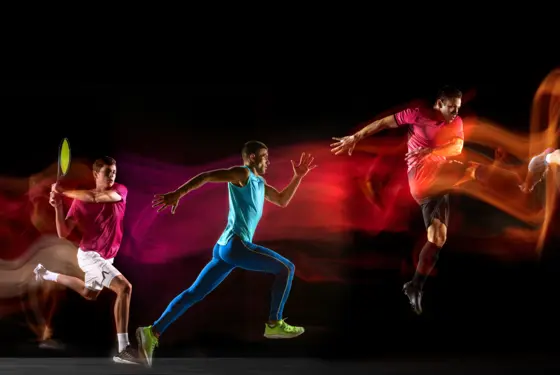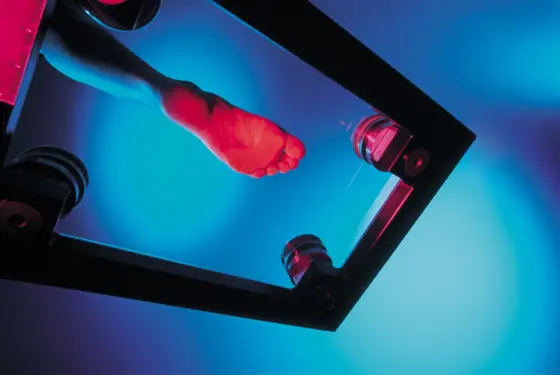A three-component force plate contains piezoelectric sensors that measure the forces in the three main axes: the vertical, the horizontal and the transverse direction. This information can be used, for example, to answer specific questions in research or to analyze the movement of the center of mass.
What does a force plate measure?
Force plates measure the so-called ground reaction force. According to Newton's third law, this is the force that acts on a human body during a movement. At rest, the ground reaction force corresponds to the weight of the body; during movements, this force changes due to acceleration effects. Ground reaction forces are among the most commonly measured biomechanical parameters and help to characterize the movement patterns of a person.
What needs to be taken into account when using force plates?
There are mobile and permanently installed force plates. Ideally, the force plate is installed flush with the underlying ground so as to facilitate natural movements. Otherwise, the selection should be based on the application purpose:
- For simple analyses, e.g., for vertical jumps, a portable 1D-force plate is sufficient
- Trainers and coaches usually work with a portable three-component force plate for recording the balance and stability of their athletes
In research, permanently installed 3D-systems are normally used. To record complex movement patterns, force plates are used in combination with video cameras or motion-capture systems.

